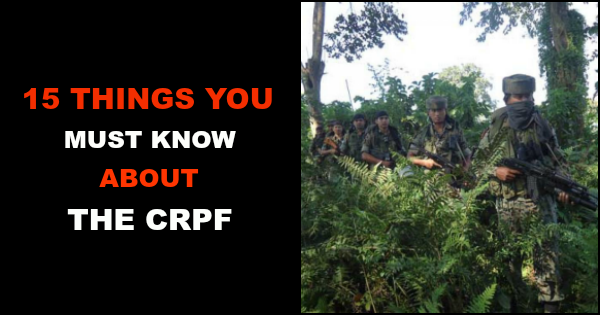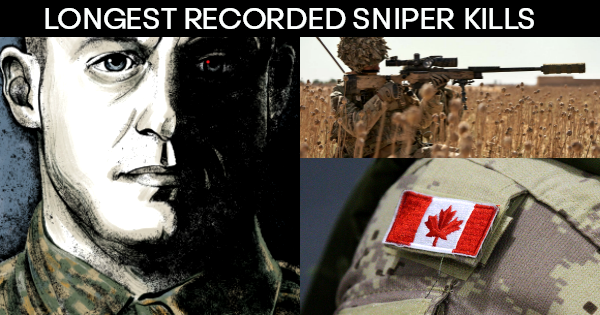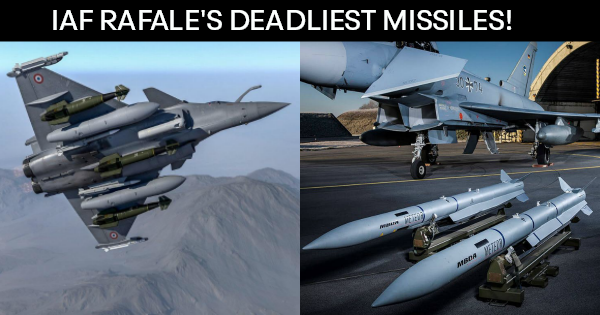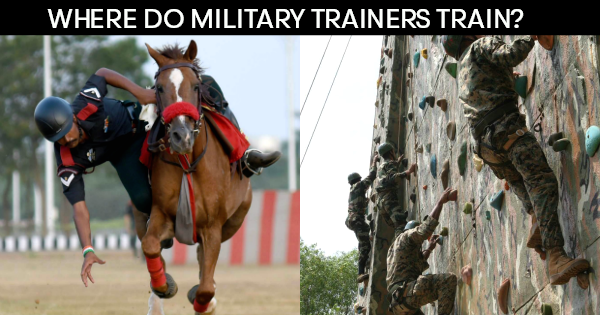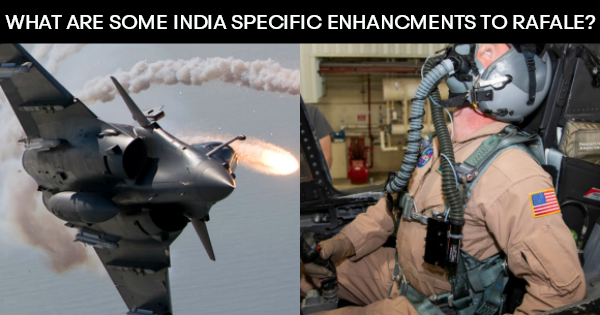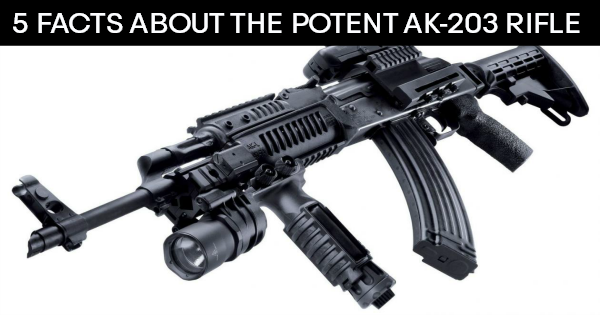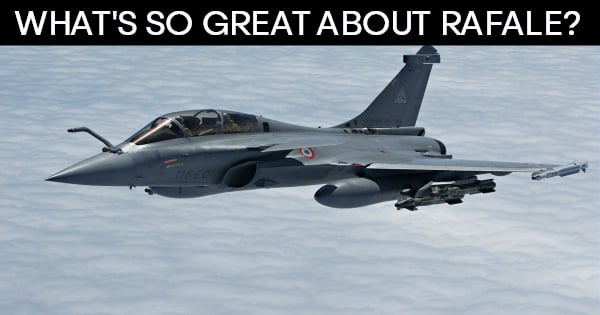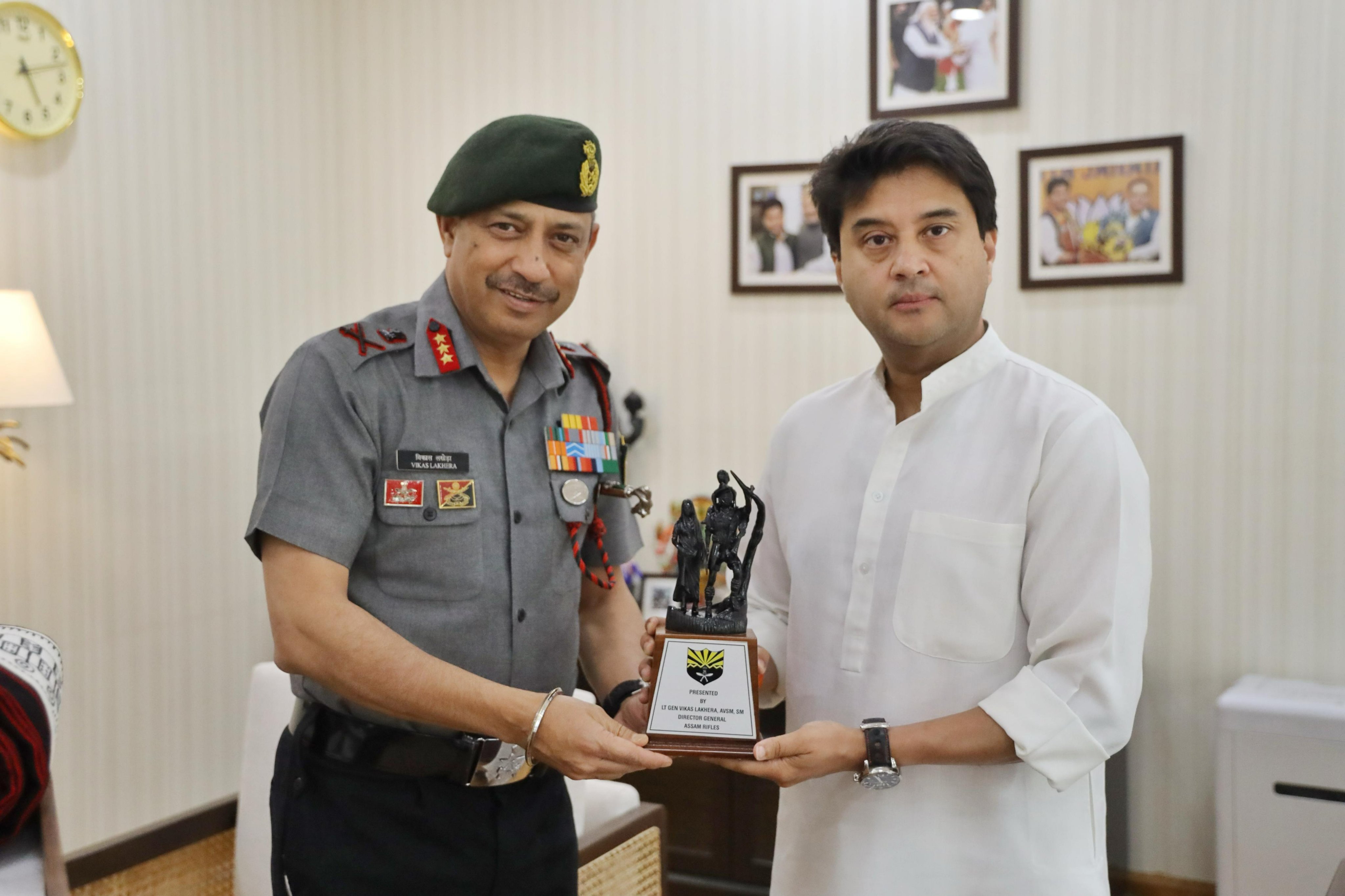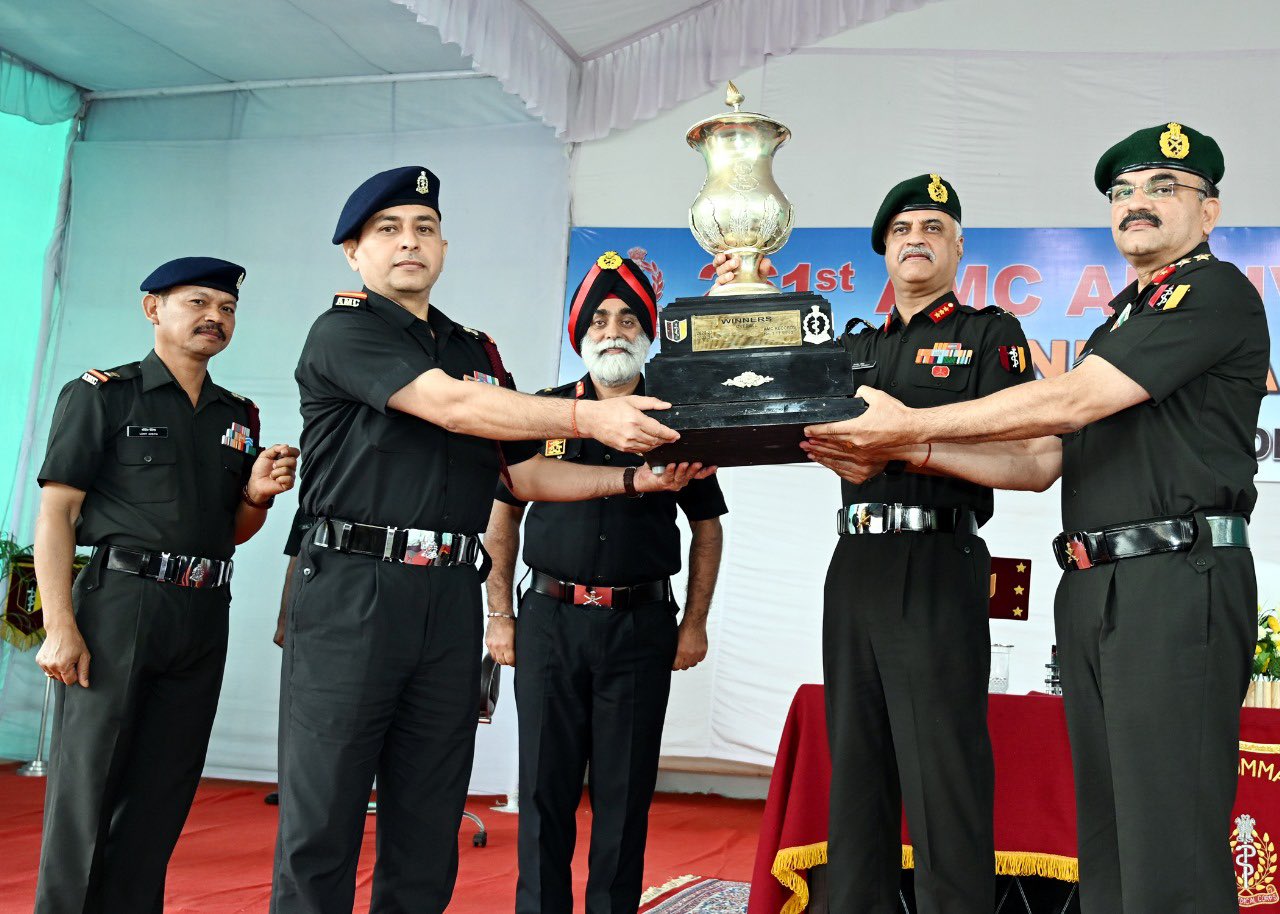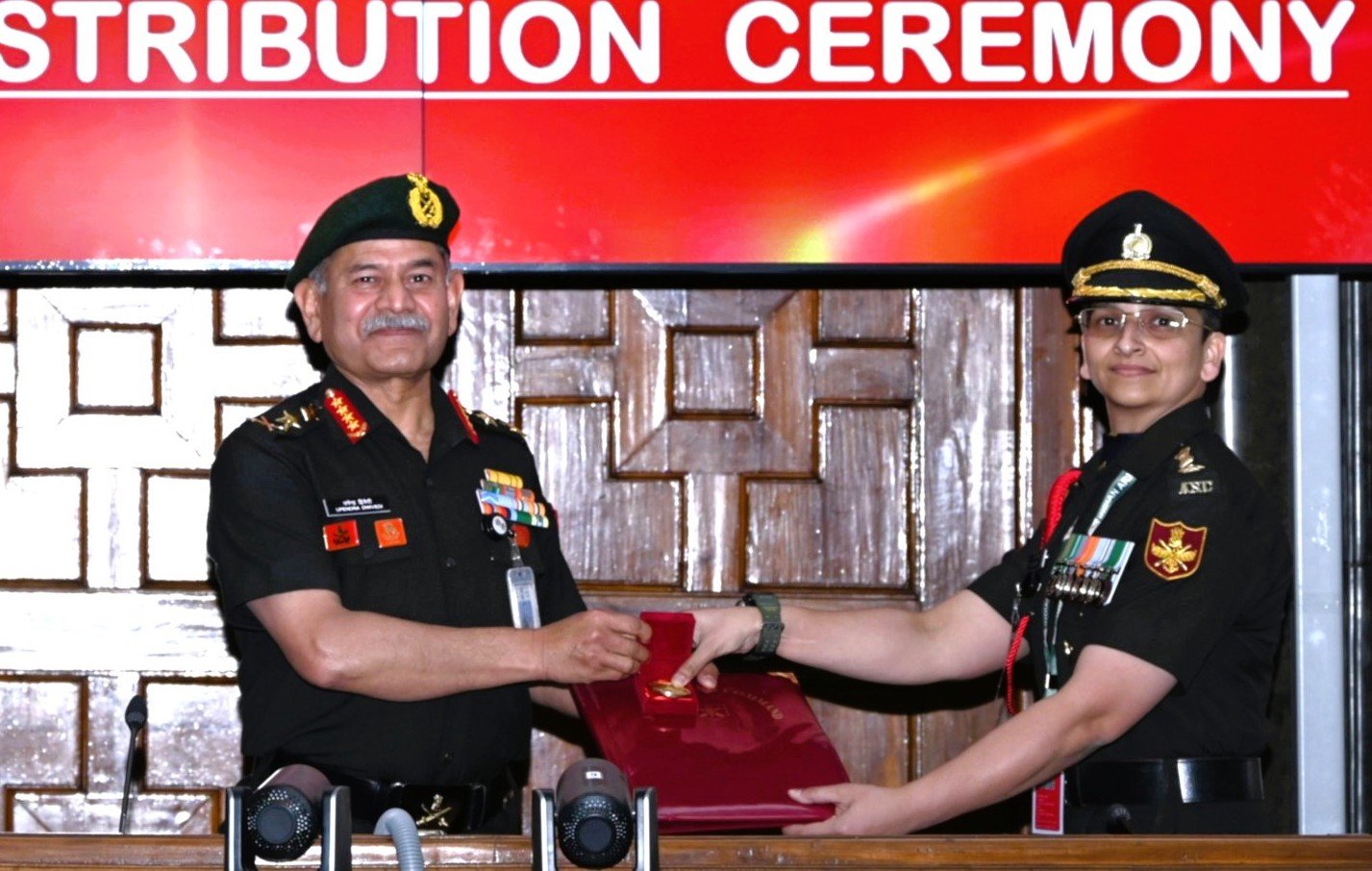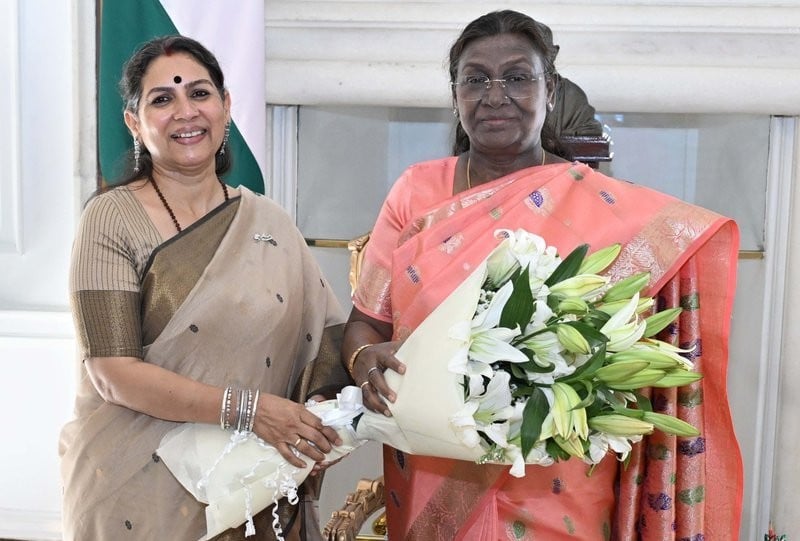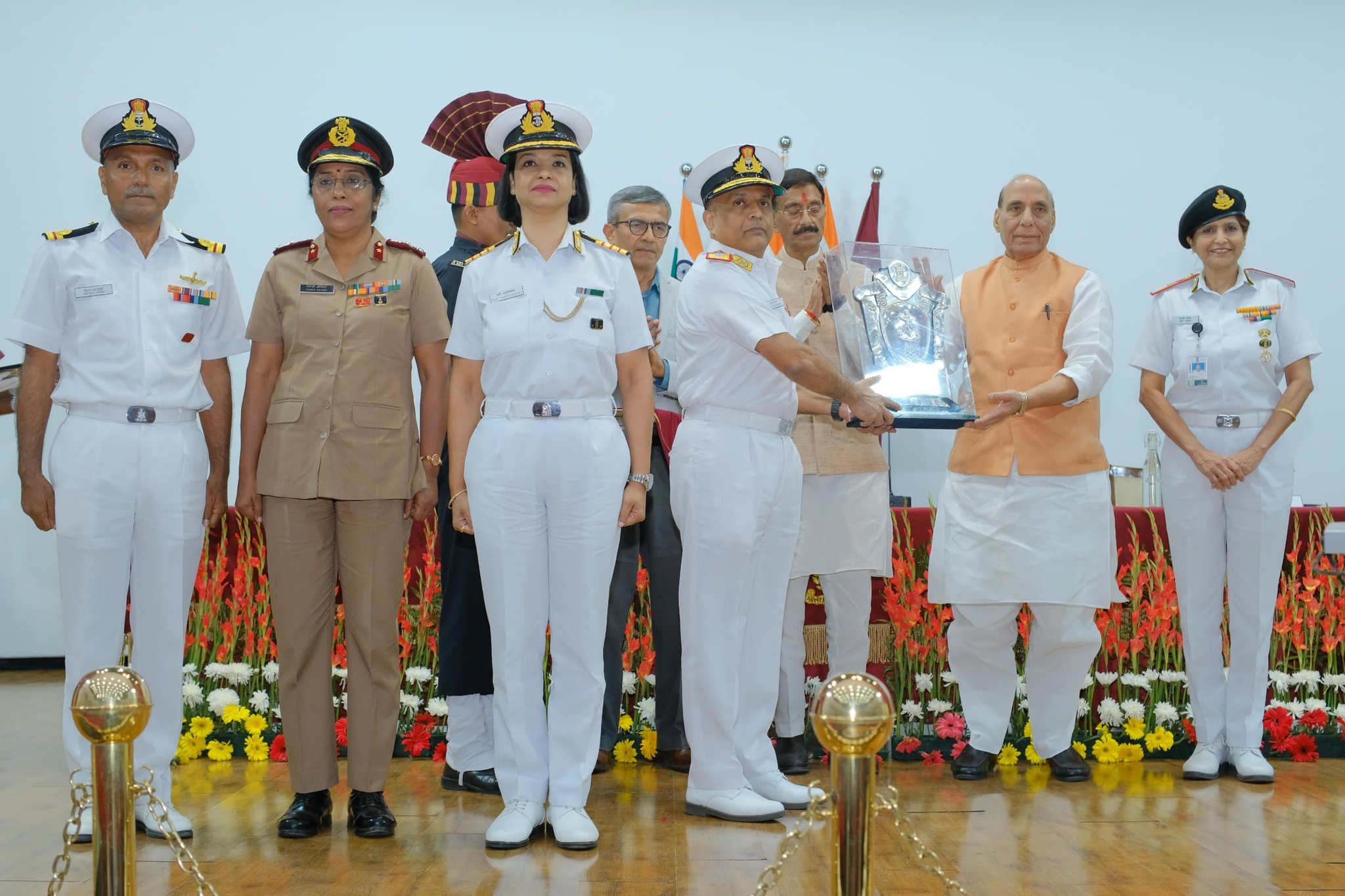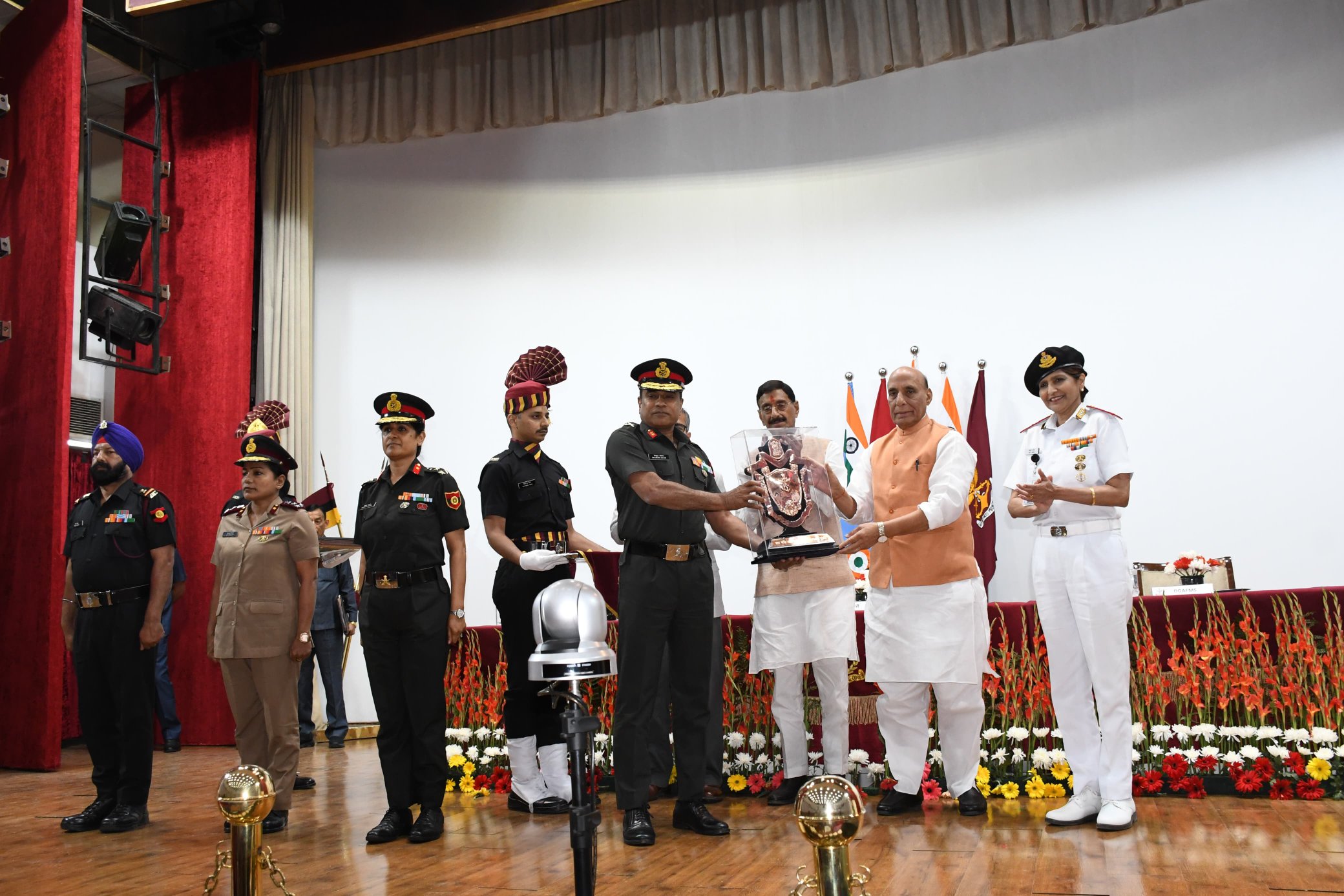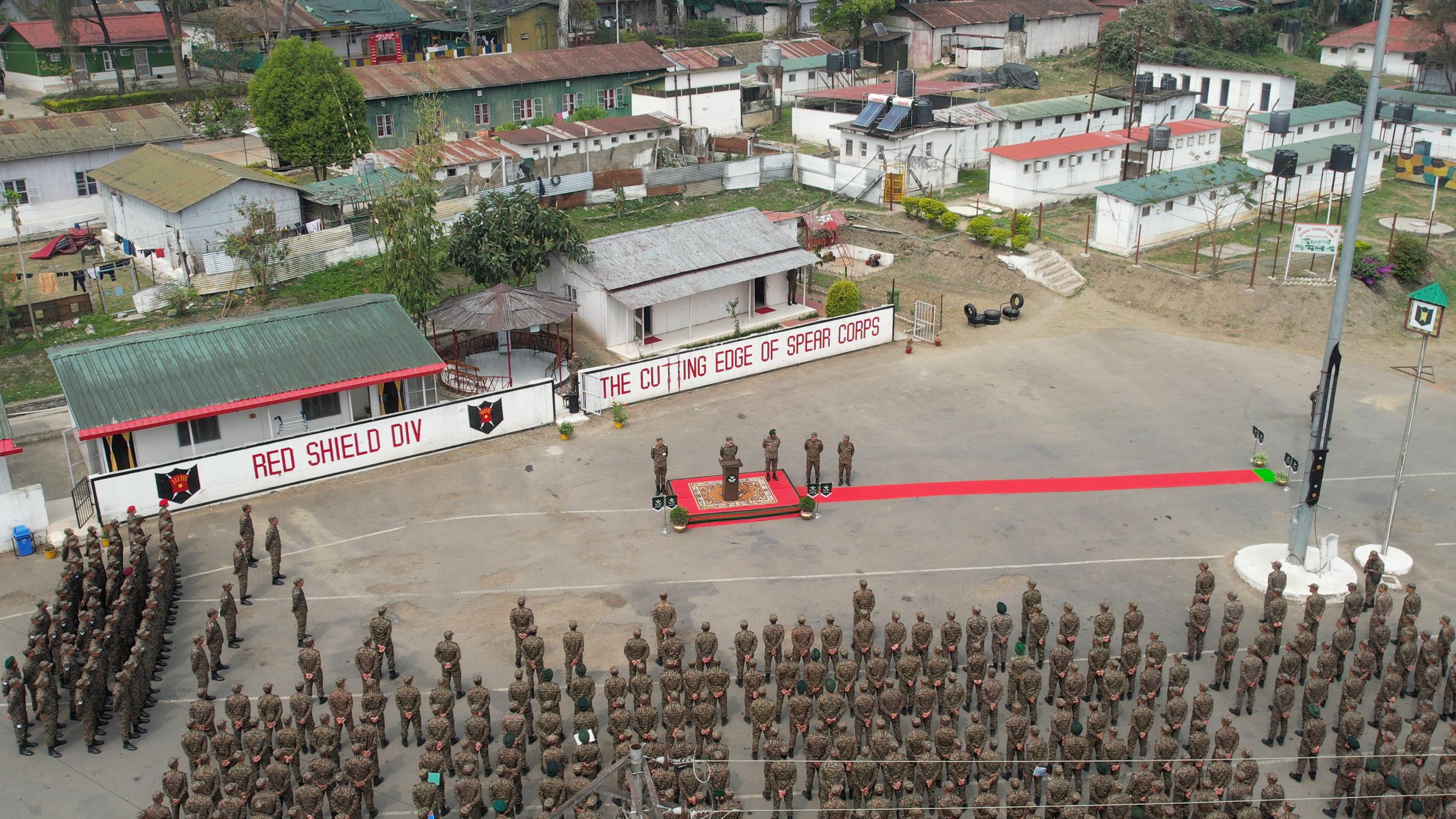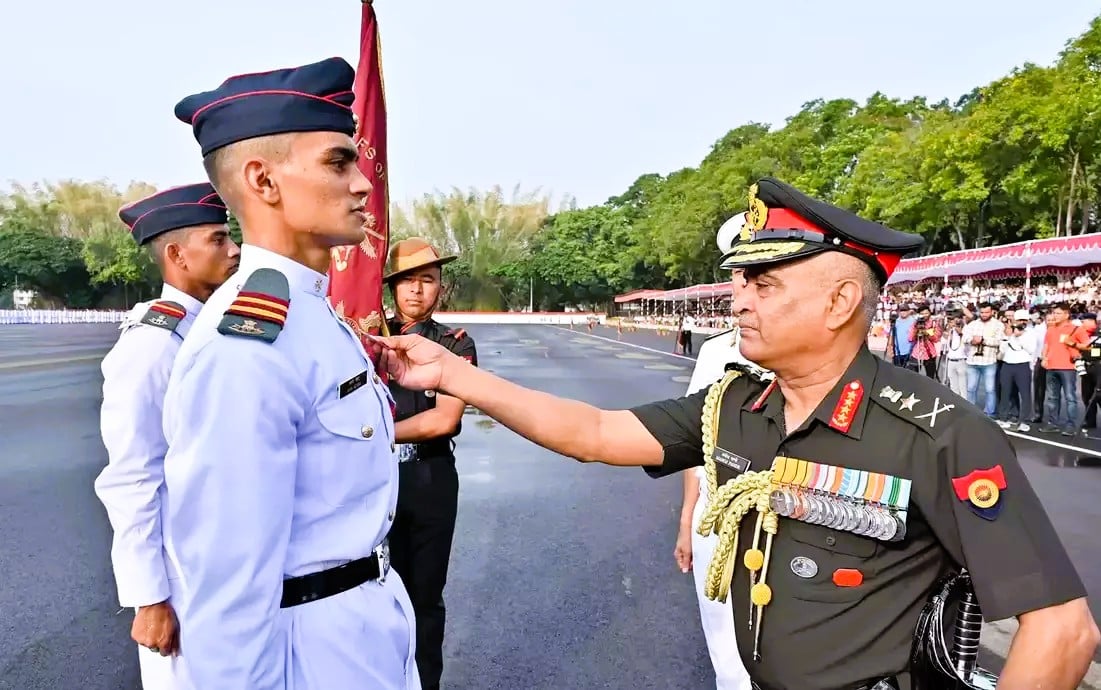What is the CRPF?
The Central Reserve Police Force (CRPF) is one of the five armed police organisations which are under the administration of the home ministry. The primary role of this Central Armed Police Force (CAPF) is to assist the state and union territories in police operations, maintain law and order, and counter-insurgency. The CRPF is renowned for its operational versatility, with personnel from the security organisation performing a range of duties. Such as countering insurgency in the valley and the northeast, neutralising the left-wing extremism (LWE) in Naxal infested states, providing VVIP security to ensuring the conduct of fair and free elections across the country.
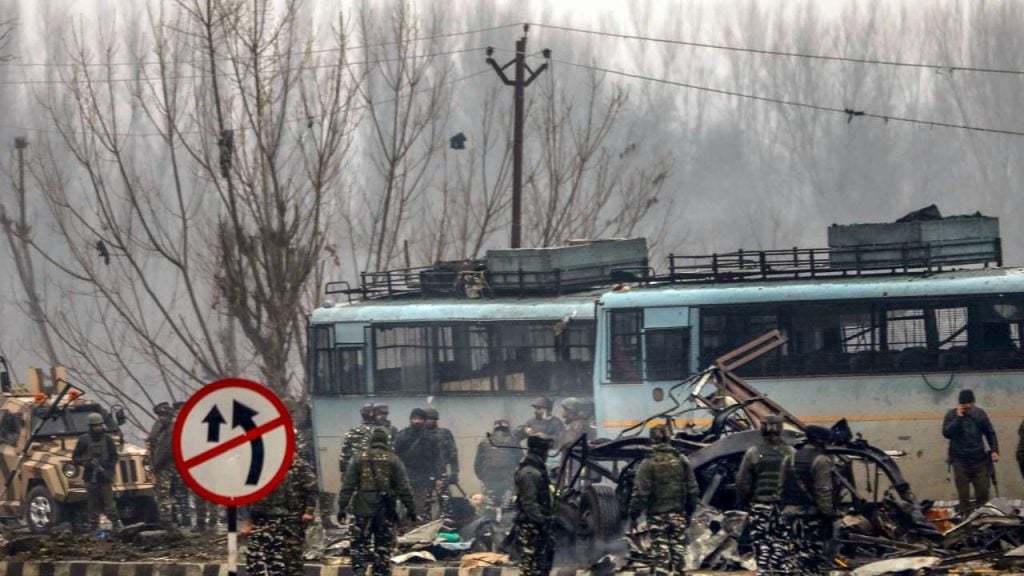
Unfortunately, most people were not aware of the CRPF until the Pulwama terror attack, which claimed the lives of over 44 of its personnel earlier this year. The terror attack became a rallying point for the entire country with the previously unacknowledged force at the forefront of national debate and political rhetoric.
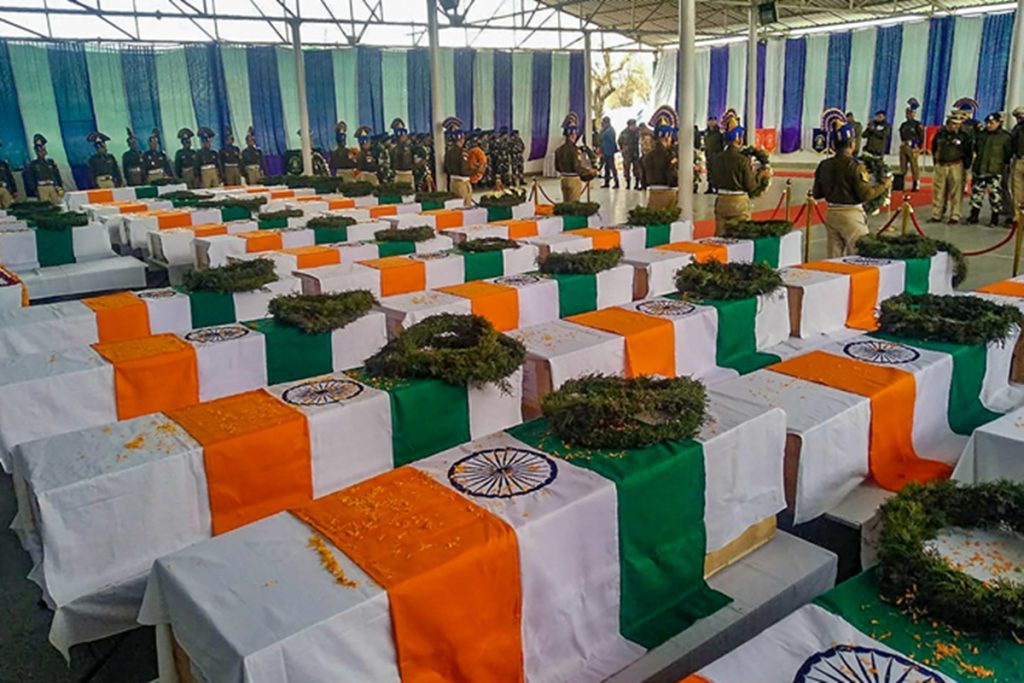
Here are 15 facts that will highlight the distinct identity of the CRPF!
- The CRPF is the Largest Central Armed Police force (CAPF) of India with a 3.5 lakh strong force spread over 243 battalions.
- The force was initially conceived by the British as the Crowns representative police. Following India’s Independence, it was rechristened as the Central Reserve Police Force under sanctioned under the CRPF act of 1949. The home minister at the time, Sardar Vallabhbhai Patel, had visualised a multi-dimensional role for it in line with the evolving needs of a newly independent nation.
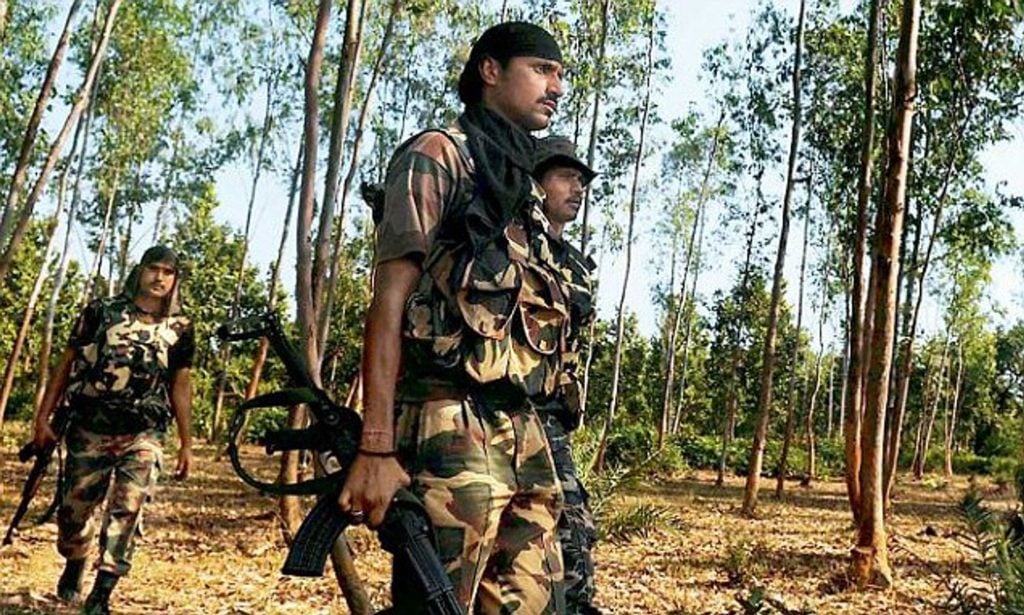
- CRPF men were the first to bear the brunt of the initial Chinese onslaught at Hot Springs (Ladakh) on 21 October 1959, when a small patrol was ambushed and overwhelmingly outnumbered by the Chinese. Over ten CRPF men laid down their lives in the ensuing battle. Their Martyrdom on that day is observed throughout the country as the ‘Police Commemoration Day’.
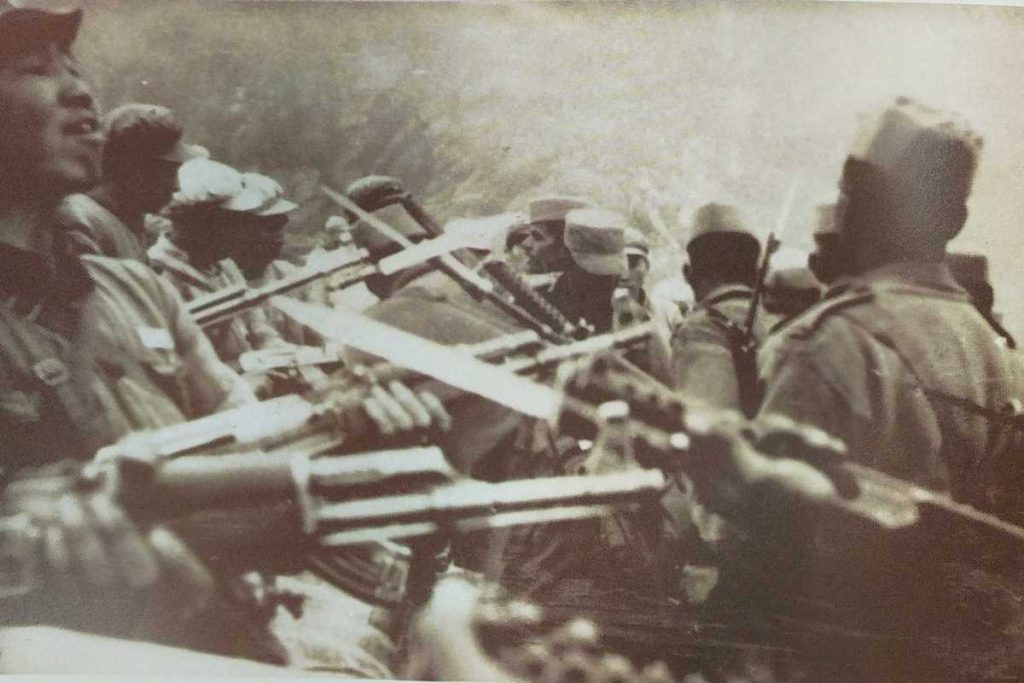
- The CRPF has assisted the Indian Army in all of the countries wars. Two companies of CRPF on 9 April 1965, managed to repulse a devastating attack of a Pakistan Infantry Brigade. Preventing them from them entering the Sardar Post at Rann of Kutch holding their ground until Army came and finally took over. This day is celebrated as Shaurya Divas.
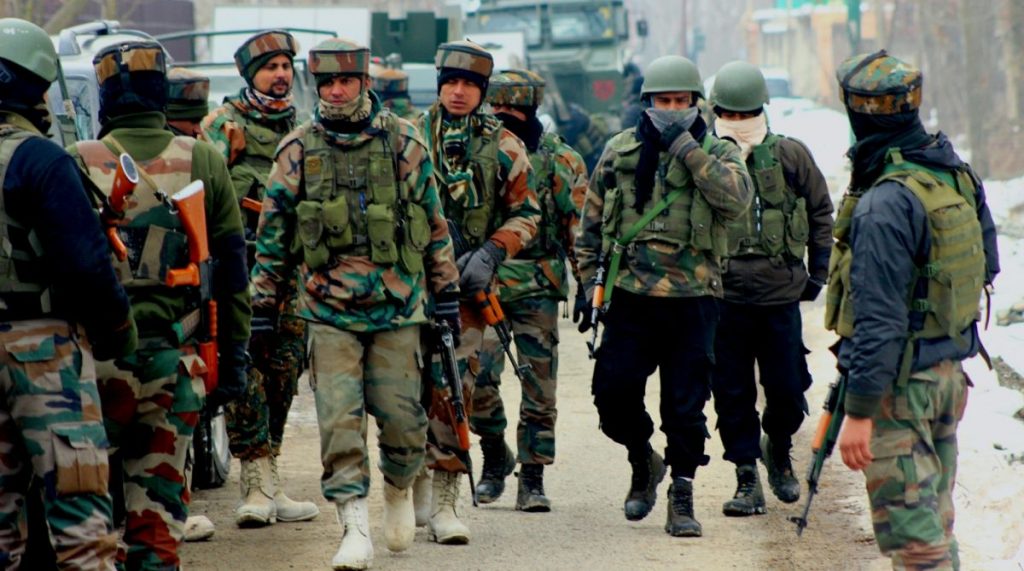
- The CRPF has its own IED School, Dog Training school, Counter Insurgency school, Jungle warfare school, Map reading school, Computer Training School along with two other premier academies to train their Officers, situated at Mt Abu and Gurgaon respectively.
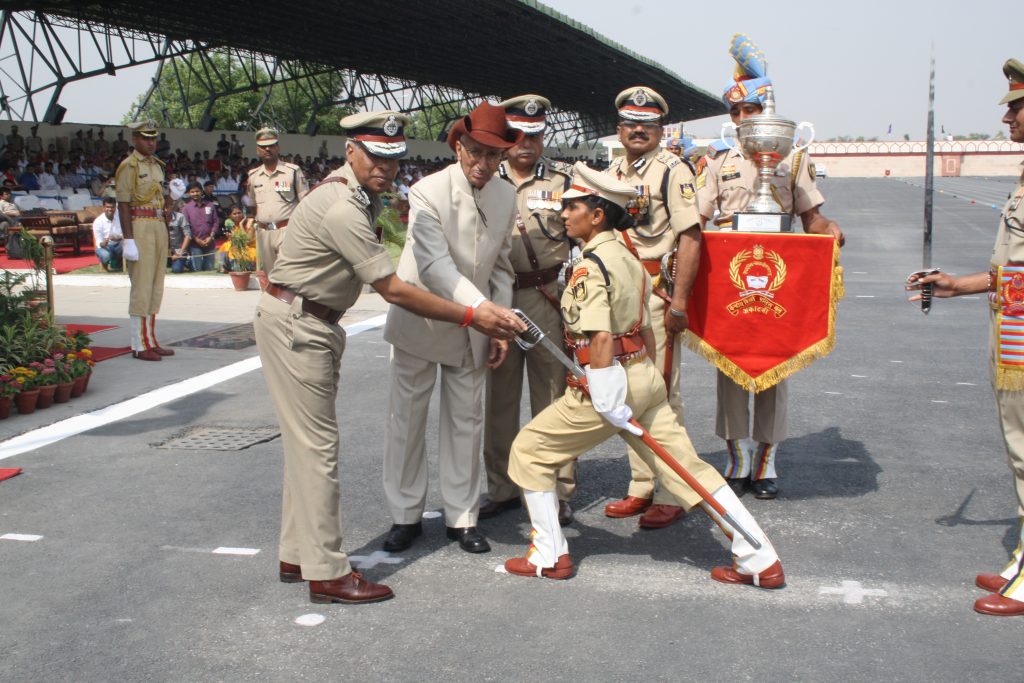
- The brave Jawans of the Force were forced to test their mettle during the suicide attack, on the Indian Parliament, by Pakistani militants on 13 December 2001. All five militants were killed in the ensuing gun battle which had taken place for over 30 minutes. However, a female Constable was killed in the firefight and was posthumously awarded the Ashok Chakra on 26 January 2002, for displaying exemplary courage and presence of mind in the face of overwhelming odds
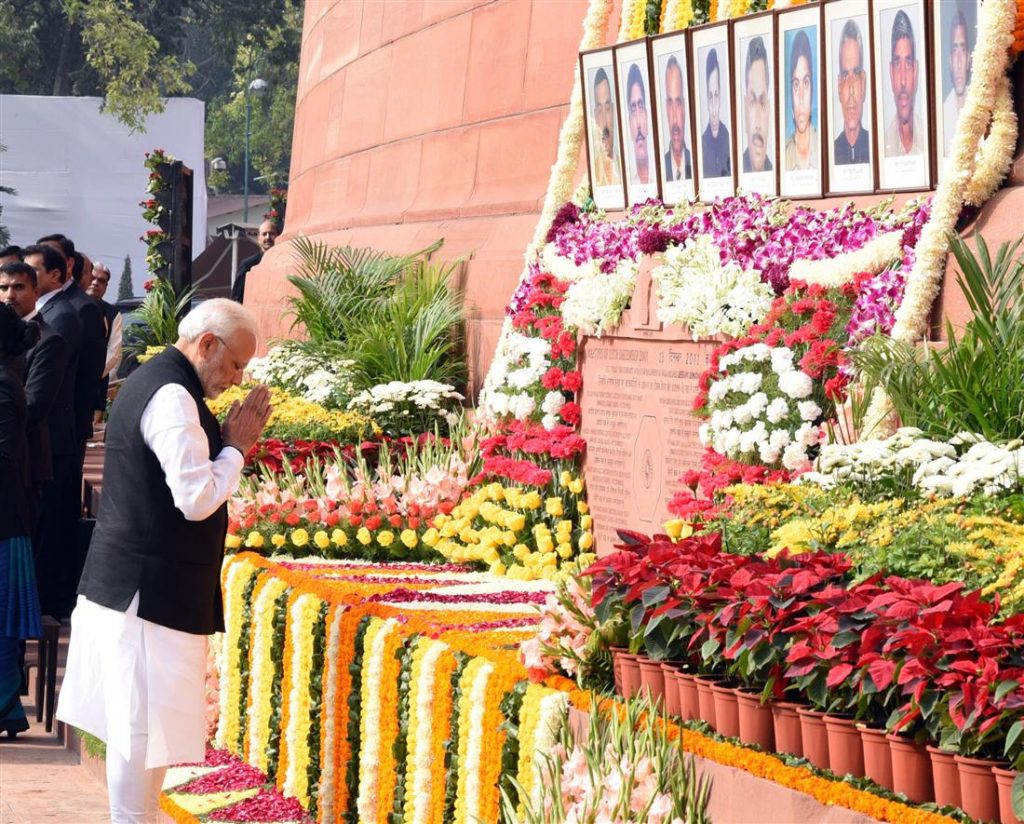
- It is the most decorated police force in the country awarded with, 1 George Cross, 1 Ashok Chakra, 3 Kirti Chakra, 1 Padma Shri, 1 Vir chakra, 16 Shourya Chakra, 196 Presidents Police Medal for Gallantry, 1,225 Police Medals for Gallantry among other decorations.
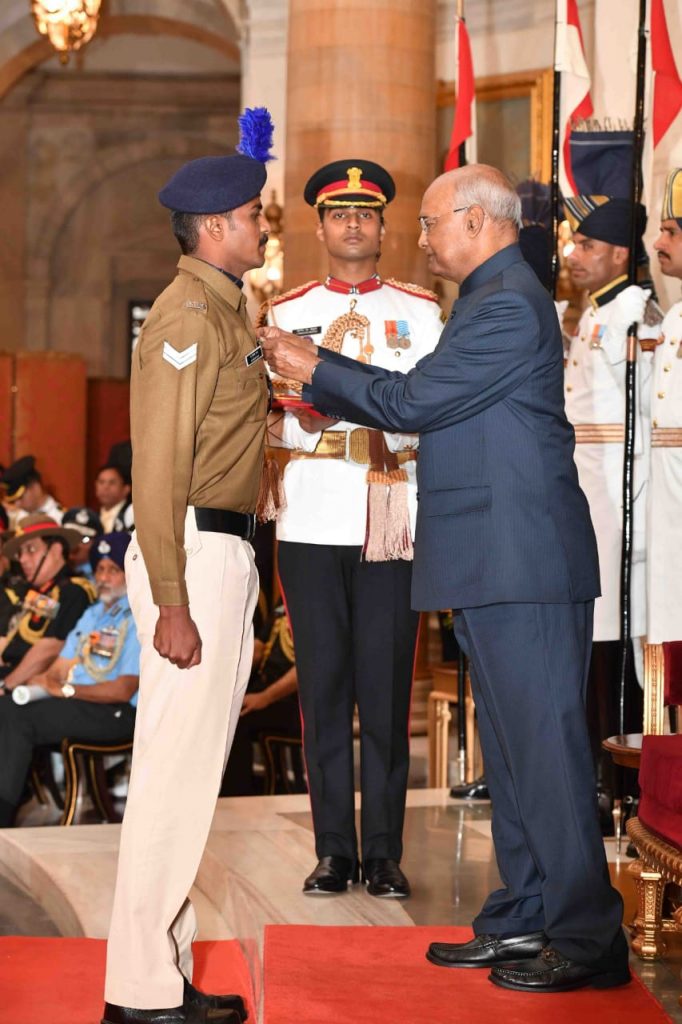
- The Commando Battalion for Resolute Action (COBRA) is the CRPF’s special operations force. It was formed in 2008 to conduct precise intelligence-based ambushes on Naxalites, and has since become one the countries deadliest counter-insurgency force. The COBRA’s are one of the only elite units to be trained solely for Jungle warfare, Guerrilla Warfare and Counter-Insurgency. Its commandos have been responsible for the elimination of key Naxal leaders over the past ten years.
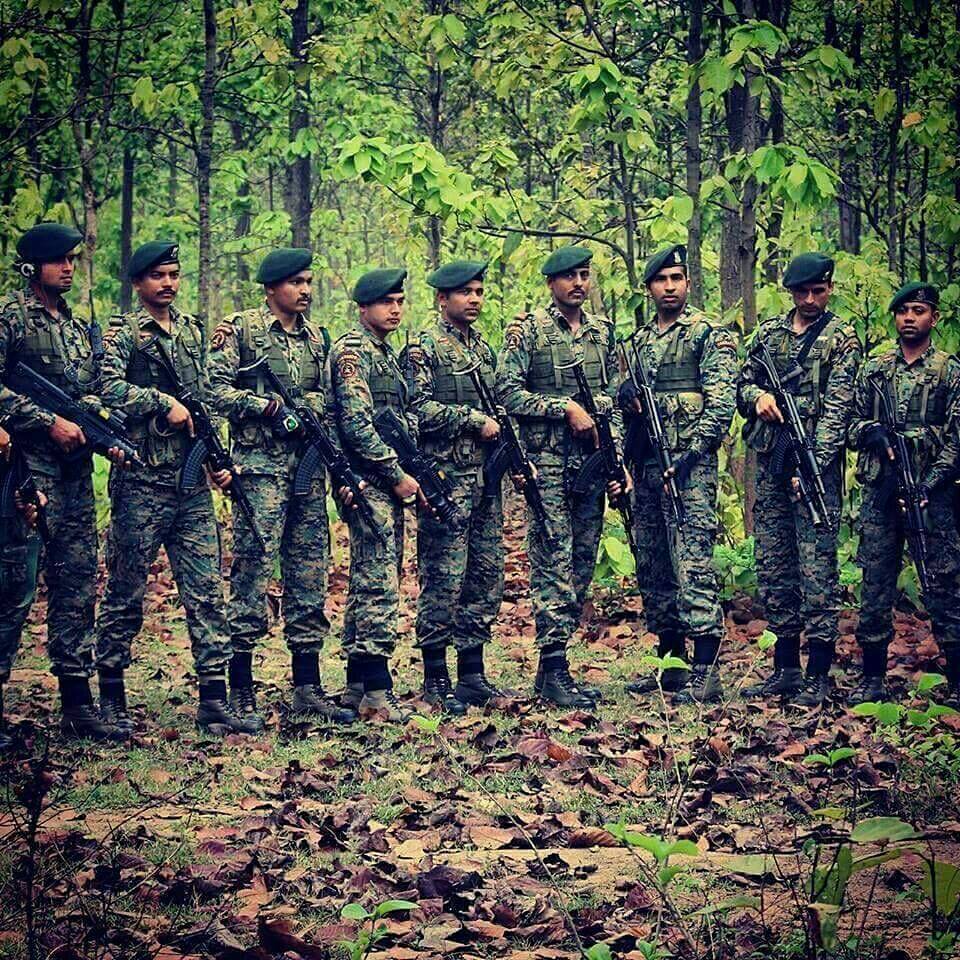
- Women-only Battalion – The CRPF is the only armed police force in the country which boasts six Mahila (ladies) Battalions. With female personnel from these battalions are presently deployed to operational areas in Jammu and Kashmir, and the North-Eastern states.
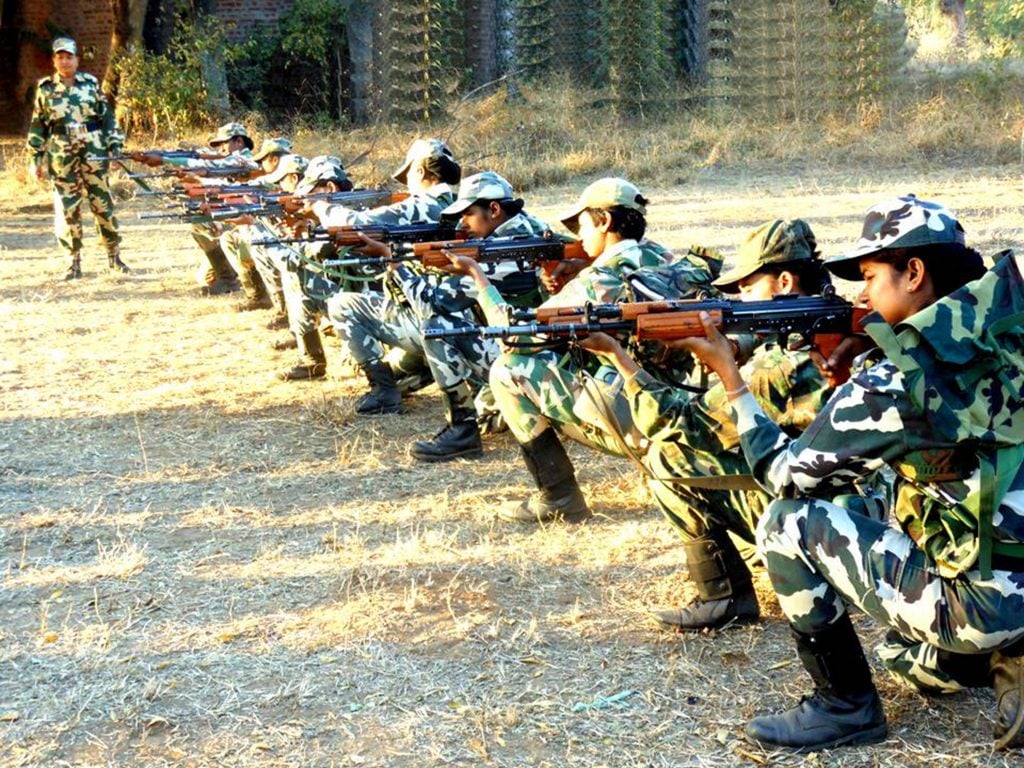
- The CRPF in the last five years has neutralised over 715 militants/Naxals. They have apprehended around 10,626 Maoists and have forced the surrender of 1,994. The CRPF has also recovered 5,176 illegal arms, 16,27,43 number of assorted ammunition, 54394 kgs of explosives, 2,917 grenades, 2,298 bombs, 56 rockets, 2063 IEDs, 31,653 detonators, 4084 gelatin sticks, 13850 kgs of narcotics and over ten crores of cash.
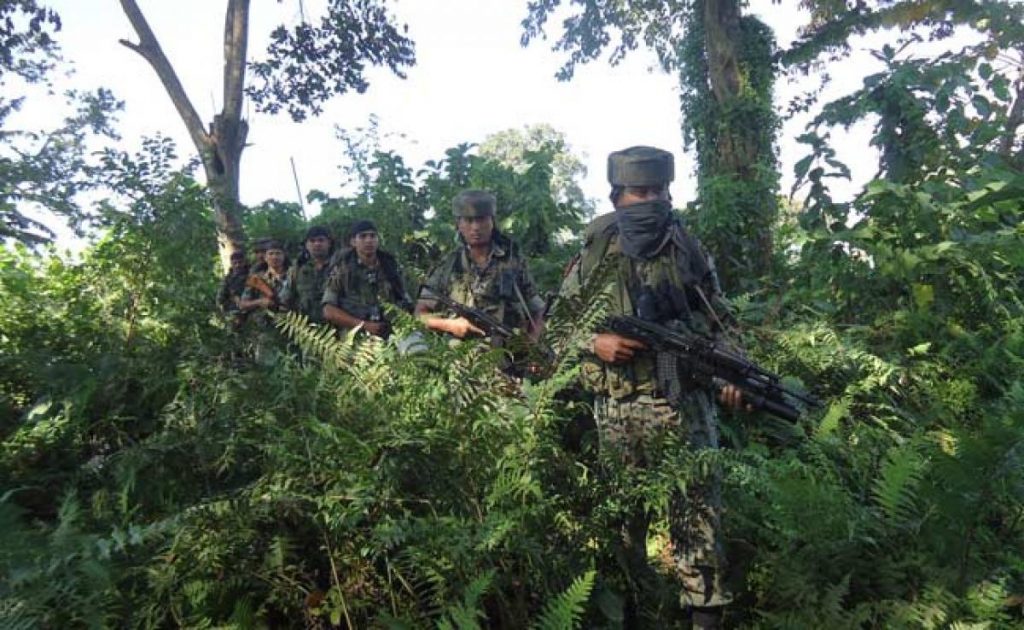
- The CRPF has undertaken several rescue and relief operations during several natural calamities like Orissa’s Super Cyclone (1999), The Gujarat Earthquake (2001), Tsunami (2004) and The J&K Earthquake (2005).
- The force has proven its professionalism during various overseas UN deployments like Sri Lanka (1987), Haiti (1995), Kosovo (2000) & Liberia (Women Contingent) (2007).
- The CRPF is the state governments go-to agency; the government heavily banks upon to ensure free and fair elections, be it the Parliamentary or the Assembly Elections around the country.
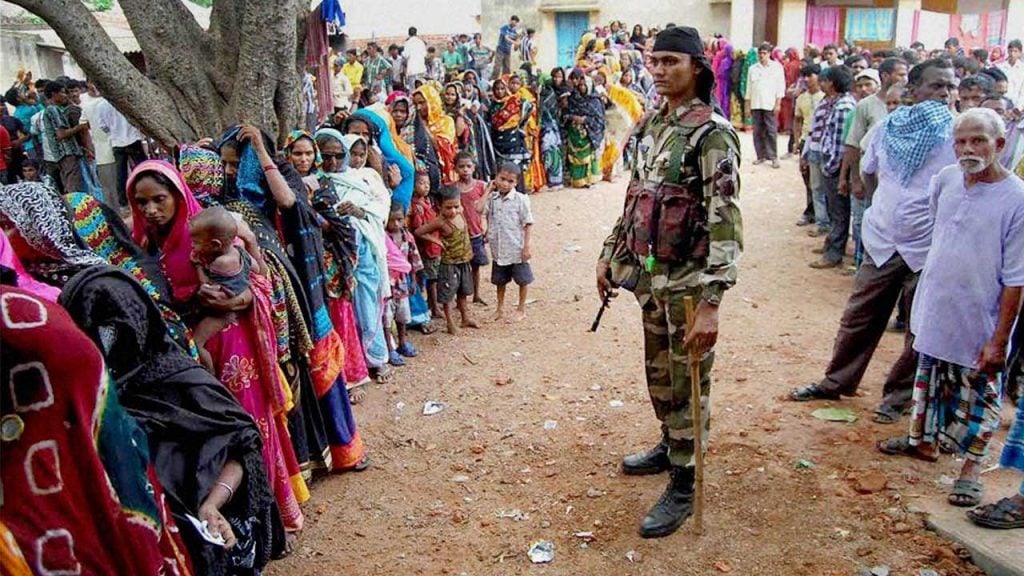
- 17.5% of the Force is deputed to guard vital installations of Central and State Govts in insurgency affected areas. These installations include, Secretariats, Doordarshan Kendras, Telephone exchanges, Banks, Hydroelectric projects, Jails etc.
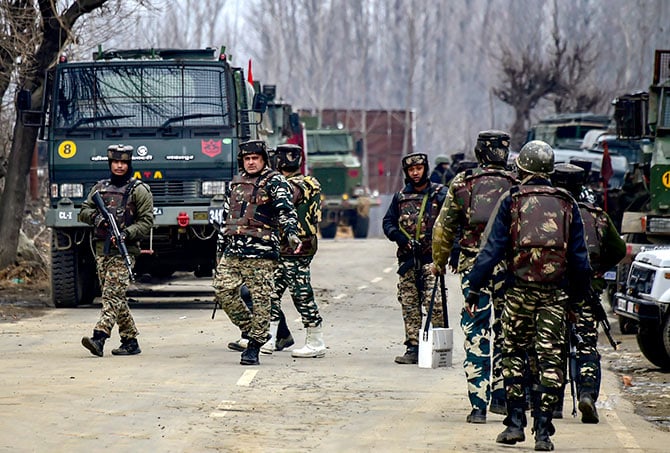
- The CRPF is also deployed for the security of Parliament House and around 10 companies (Coys) of force are deployed for the security of three sensitive shrines, i.e. Krishna Janma Bhoomi, Shahi Idgah Masjidcomplex (Mathura), Ram Janma Bhoomi- Barbi Masjid complex (Ayodhya) and Kashi Vishwanath Temple- Gyanvapi Mosque(Varanasi) and 4 companies (Coys) of the Force are deputed for the security of Mata Vaishno Devi Shrine, Katra, Jammu (J&K)
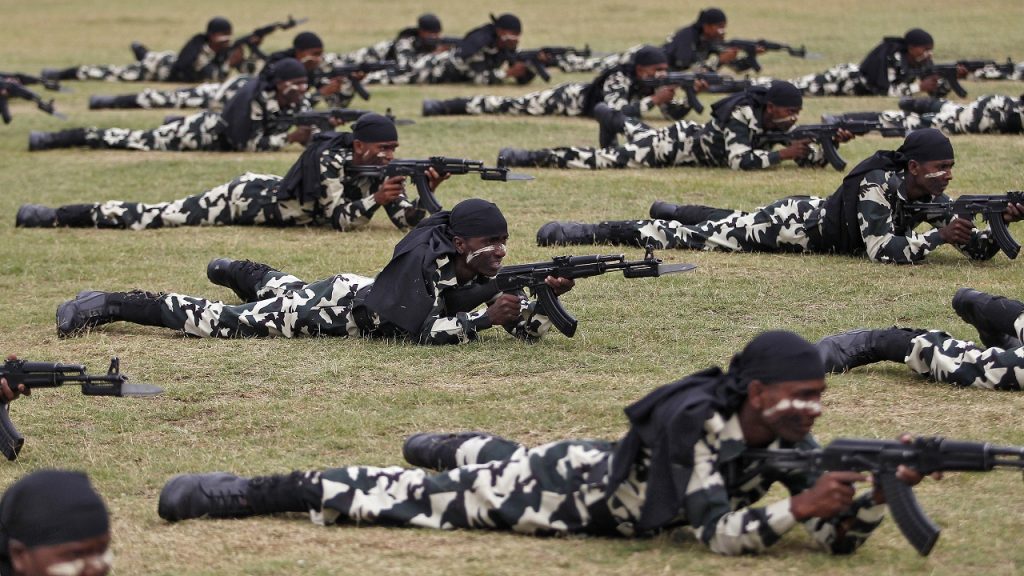
- The force is extremely flexible possessing the unique ability to adapt to various situational requirements, and work in unison with the State Police.
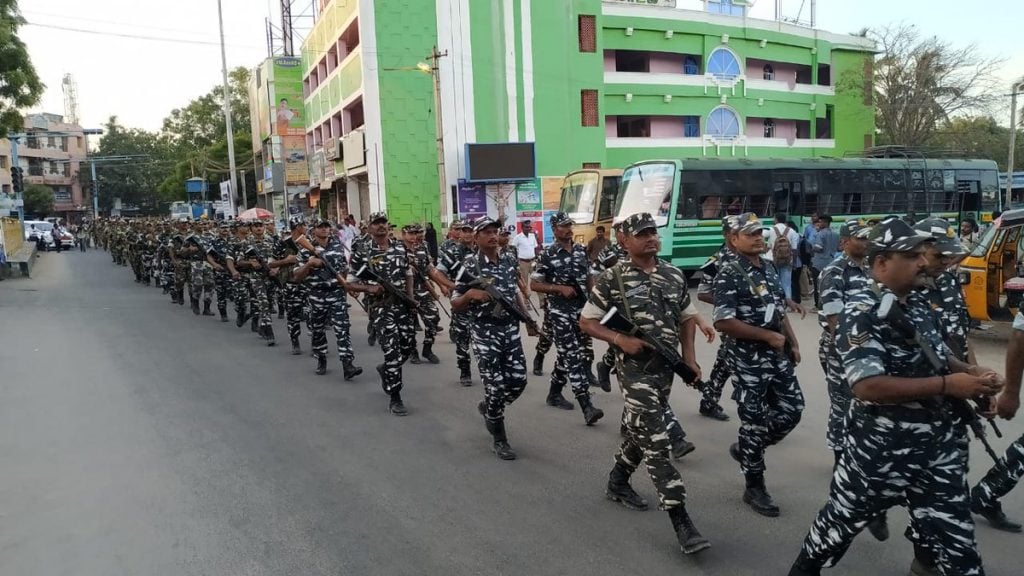
The CRPF has, over the years, acquired the distinction of being perhaps the most acceptable Force, by the people and the State administrations.
(Inputs from Assistant Commandant (AC) Chethan B Rangaswamy, officer at the Central Reserve Police Force (CRPF)

